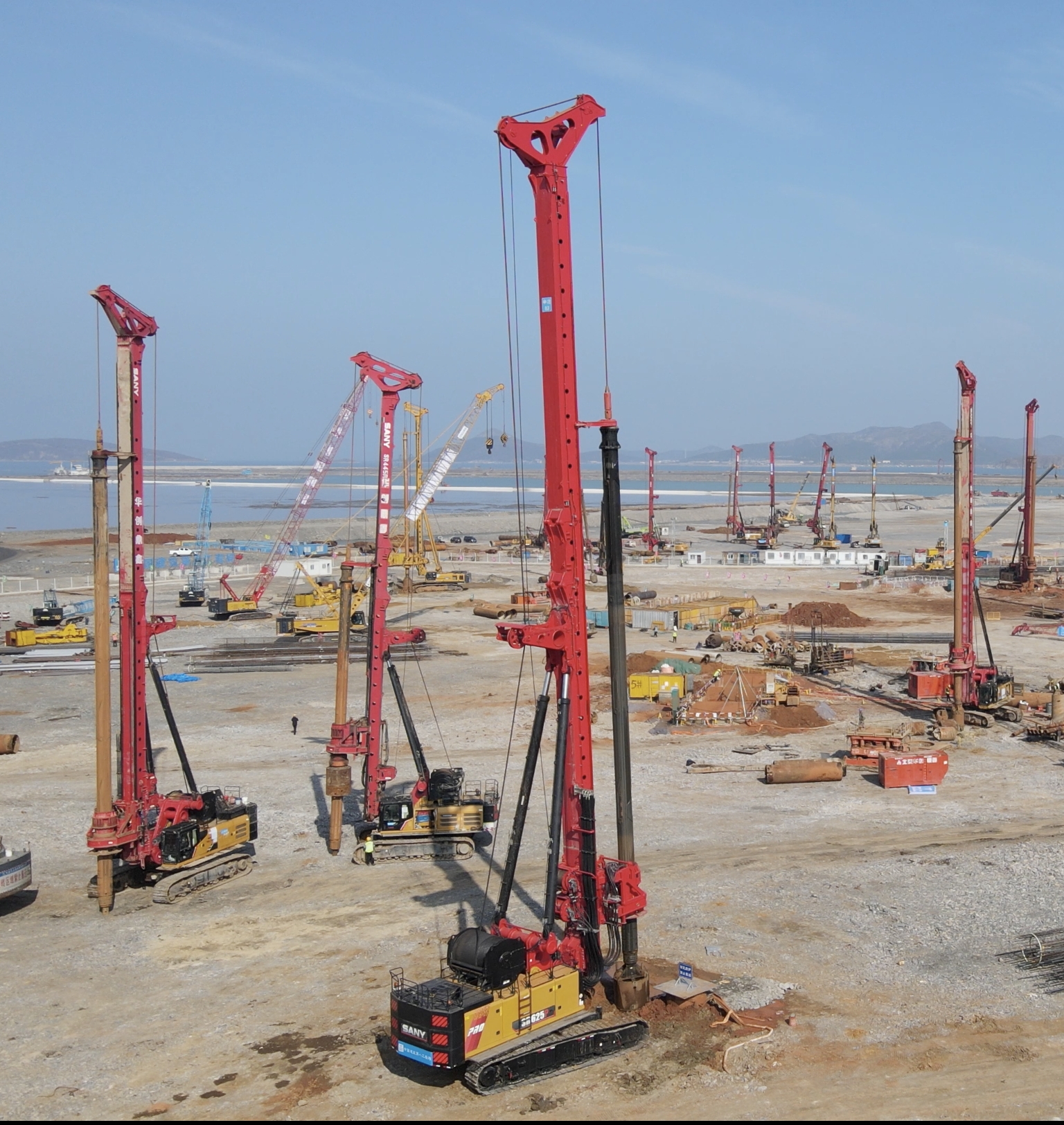

The Comprehensive Guide to Water Well Drilling: Techniques, Challenges, and Solutions

Introduction to Water Well Drilling
Water well drilling is a sophisticated process that involves penetrating the earth's surface to access groundwater. This technique is vital for communities, agriculture, and industries that rely on underground water sources. The process requires careful planning, precise execution, and adherence to environmental regulations to ensure sustainability and efficiency.
Techniques in Water Well Drilling
Several techniques are employed in water well drilling, each suited to different geological conditions and project requirements. The most common methods include rotary drilling, percussion drilling, and auger drilling. Rotary drilling is widely used for its efficiency in penetrating hard rock formations, while percussion drilling is preferred for softer soils. Auger drilling, on the other hand, is ideal for shallow wells in unconsolidated materials.
Challenges in Water Well Drilling
Drilling a water well presents numerous challenges, from geological uncertainties to environmental concerns. One of the primary obstacles is the variability of subsurface conditions, which can significantly impact the drilling process and well performance. Additionally, ensuring the sustainability of water sources and minimizing environmental impact are critical considerations that require advanced planning and technology.
Innovative Solutions and Technologies
Advancements in technology have introduced innovative solutions to overcome the challenges of water well drilling. Modern drilling equipment, such as automated drill rigs and GPS-guided systems, enhances precision and efficiency. Furthermore, water quality testing and monitoring technologies ensure the long-term sustainability of water wells, protecting both the environment and the communities that depend on them.
FAQs
What is the most common method of water well drilling?The most common method is rotary drilling, known for its efficiency in various geological conditions.
How deep can a water well be drilled?The depth of a water well can vary significantly, from shallow wells of less than 50 feet to deep wells exceeding 1,000 feet, depending on the water table and geological formations.
What are the environmental considerations in water well drilling?Environmental considerations include protecting groundwater quality, minimizing disturbance to ecosystems, and ensuring sustainable water extraction rates to prevent depletion.








